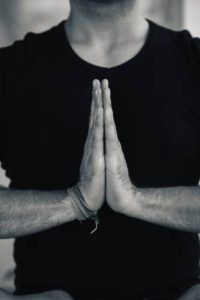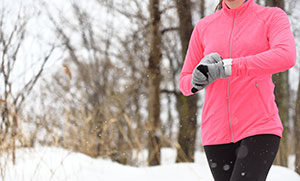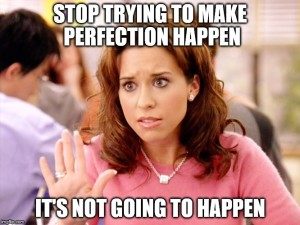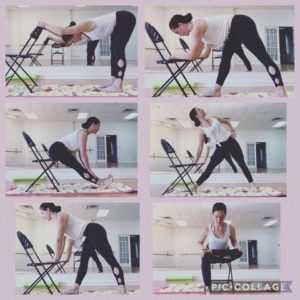The holiday season is a time of familial and communal celebration… It can also be anxiety and depression provoking for many of us. There are heightened expectations, many more social obligations, and it truly can be an emotional roller coaster, where we feel as though we are being pulled in a thousand different directions.

Here are my 2 suggestions for making it through the next few months with minimal emotional scarring and meltdowns.
~Practicing Gratitude~
 Here is why practicing gratitude is important. This Harvard Health Publishing article explains that thinking about and expressing what we are grateful for increases our own sense of well-being and can improve the moods of those around us. Further more, if you are stuck in a negative thought cycle, taking a moment to meditate on what you are grateful for in your life can give you the space your mind needs to get on a different track. You don’t even have to write it down; just stop, close your eyes, ask yourself the question, “what am I grateful for?” And think about that person or thing for a few moments. THAT’S IT. It can be totally private, and certainly does not need to be broadcasted over the internet (i.e. #Blessed) to make it legitimate and effective.
Here is why practicing gratitude is important. This Harvard Health Publishing article explains that thinking about and expressing what we are grateful for increases our own sense of well-being and can improve the moods of those around us. Further more, if you are stuck in a negative thought cycle, taking a moment to meditate on what you are grateful for in your life can give you the space your mind needs to get on a different track. You don’t even have to write it down; just stop, close your eyes, ask yourself the question, “what am I grateful for?” And think about that person or thing for a few moments. THAT’S IT. It can be totally private, and certainly does not need to be broadcasted over the internet (i.e. #Blessed) to make it legitimate and effective.
~ Exercise ~
 Well you knew this was coming at some point! This article from the American Psychological Association explains that exercise can help alleviate depression in the short term AND long term. You can do an experiment all by yourself… after a stressful day, go for a brisk 20 minutes walk, do you feel better or worse after your walk? I rest my case.
Well you knew this was coming at some point! This article from the American Psychological Association explains that exercise can help alleviate depression in the short term AND long term. You can do an experiment all by yourself… after a stressful day, go for a brisk 20 minutes walk, do you feel better or worse after your walk? I rest my case.
Even outside of the holiday season, the most common excuse for not exercising is “I’m too busy.” So let’s redefine the idea of exercise; instead of skipping the gym because you can’t fit in a full hour, commit to a 15-20 minute workout at a higher intensity. What about a brisk walk during your lunch break or before/after work?
~ Final Thoughts ~
 Beware of perfectionism, it runs rampant this time of year. Slow down, take a big breath, open your eyes and check who’s driving the bus. Is it Pammy the Perfectionist or Down-to-Earth Debbie ? Pammy will drive you over a cliff, Pammy didn’t even pass her drivers exam… BEWARE OF PAMMY.
Beware of perfectionism, it runs rampant this time of year. Slow down, take a big breath, open your eyes and check who’s driving the bus. Is it Pammy the Perfectionist or Down-to-Earth Debbie ? Pammy will drive you over a cliff, Pammy didn’t even pass her drivers exam… BEWARE OF PAMMY.





 Have any of these fears ever manifested in real life? In my experience, no, never. My initial gut reaction is to suffer in silence. But the cool thing about being a human is we have CHOICES. It seems obvious, but how many time has your brain been hijacked by a childlike self that steers you right over a goddam cliff? For me, like 50 times. Putting my fears on display is super uncomfortable, but that’s how I know its productive. Changing behavior is all about practice, so the more I practice vulnerability, the easier it will become.
Have any of these fears ever manifested in real life? In my experience, no, never. My initial gut reaction is to suffer in silence. But the cool thing about being a human is we have CHOICES. It seems obvious, but how many time has your brain been hijacked by a childlike self that steers you right over a goddam cliff? For me, like 50 times. Putting my fears on display is super uncomfortable, but that’s how I know its productive. Changing behavior is all about practice, so the more I practice vulnerability, the easier it will become.




